PV fabric, a blend of polyester and viscose, is designed to combine the strength and durability of polyester with the softness and drape of viscose. This blend offers a unique balance of qualities that make it suitable for a wide range of applications, from clothing to home textiles. Typically, PV fabric consists of a ratio of around 65% polyester and 35% viscose, although this can vary depending on the desired properties of the fabric. The combination of synthetic and semi-synthetic fibres results in a fabric that is not only comfortable but also easy to care for and long-lasting.
Key Features:
- Softness and Comfort: Viscose, a fibre derived from natural sources like wood pulp, gives PV fabric a soft and smooth texture that feels comfortable against the skin. This makes it an excellent choice for garments and textiles that prioritise comfort.
- Durability and Strength: Polyester adds durability to the blend, making the fabric resistant to wear, tear, and stretching. This ensures that PV fabric maintains its shape and appearance over time, even with frequent use.
- Good Drape and Appearance: Viscose contributes to the fabric’s excellent drape, giving it a flowy and elegant look. This makes PV fabric suitable for clothing and textiles that require a refined and polished appearance.
- Wrinkle Resistance: The polyester component of the blend helps reduce wrinkling, making PV fabric easier to maintain and ideal for garments that need to look fresh and presentable with minimal effort.
- Breathability: While polyester is known for its durability, viscose enhances the breathability of the fabric, allowing air to circulate and providing comfort in various climates.
- Cost-Effective: PV fabric is generally more affordable than pure viscose or natural fabrics, offering a cost-effective solution that still provides a high level of comfort and quality.
Applications:
PV fabric is used across various sectors due to its versatility, comfort, and aesthetic appeal. Common applications include:
- Apparel: PV fabric is widely used in clothing, particularly in items such as dresses, blouses, trousers, and suits. Its soft feel, good drape, and wrinkle resistance make it ideal for both casual and formal wear.
- Uniforms: The durability and easy-care properties of PV fabric make it a popular choice for uniforms in industries such as hospitality, healthcare, and corporate settings. It provides a professional appearance while being comfortable to wear for long periods.
- Home Textiles: PV blends are used in home textiles like curtains, upholstery, and bed linens. The fabric’s ability to maintain its appearance and drape over time makes it suitable for household items that require both aesthetics and functionality.
- Workwear: For industrial and office environments, PV fabric offers a balance of comfort and durability, ensuring that workwear remains practical and presentable throughout the day.
- Accessories: PV fabric is also used in accessories like scarves, ties, and shawls, where its softness and drape contribute to both comfort and style.
Comparison with Other Fabrics:
- Versus 100% Polyester: While 100% polyester is durable and wrinkle-resistant, it can lack the softness and breathability that viscose provides. PV fabric offers a more comfortable and natural feel, making it preferable for garments worn close to the skin.
- Versus 100% Viscose: Pure viscose is known for its softness and luxurious feel, but it can be prone to wrinkling and may lack durability. The addition of polyester in PV fabric enhances its strength and reduces maintenance needs, making it more practical for everyday use.
- Versus Other Blends: Compared to other fabric blends, PV fabric offers a good balance of softness, durability, and cost-effectiveness. It combines the best qualities of both polyester and viscose, making it versatile for a wide range of applications.
Environmental Considerations:
The production of PV fabric, like many blended textiles, has environmental implications. Polyester, a synthetic fibre derived from petroleum, is not biodegradable and contributes to plastic pollution. Viscose, while derived from natural sources, involves chemical processing that can have environmental impacts if not managed responsibly. To mitigate these concerns, manufacturers are increasingly exploring sustainable practices, such as using recycled polyester and sourcing viscose from responsibly managed forests. Additionally, the durability of PV fabric means it has a longer lifespan, reducing the frequency of replacement and waste.


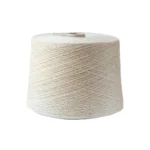

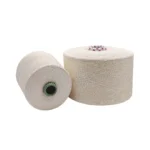
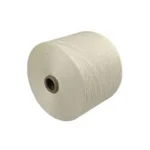

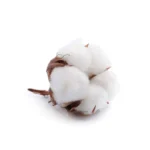
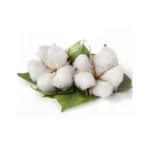
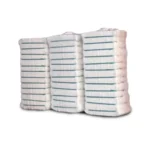




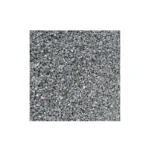

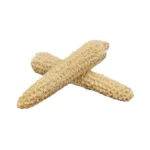

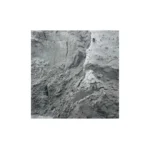
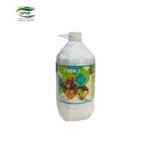

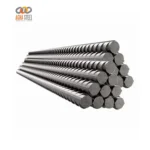
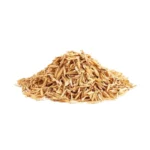
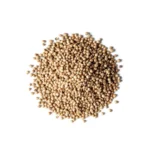
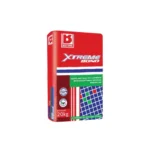
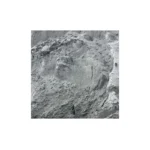

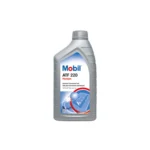


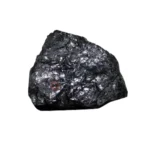
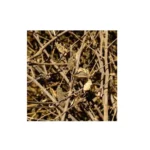
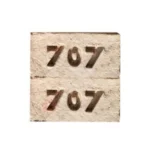
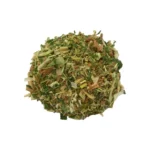
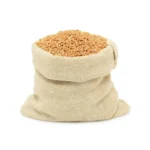
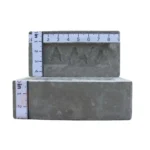
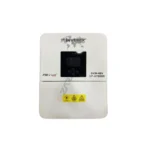

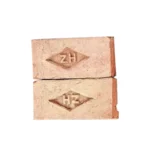

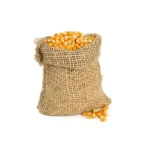
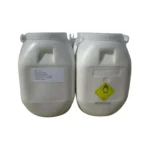
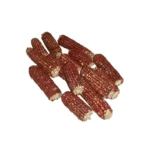

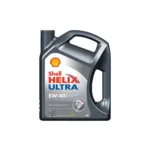
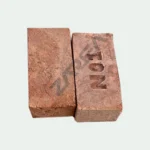



Reviews
There are no reviews yet.